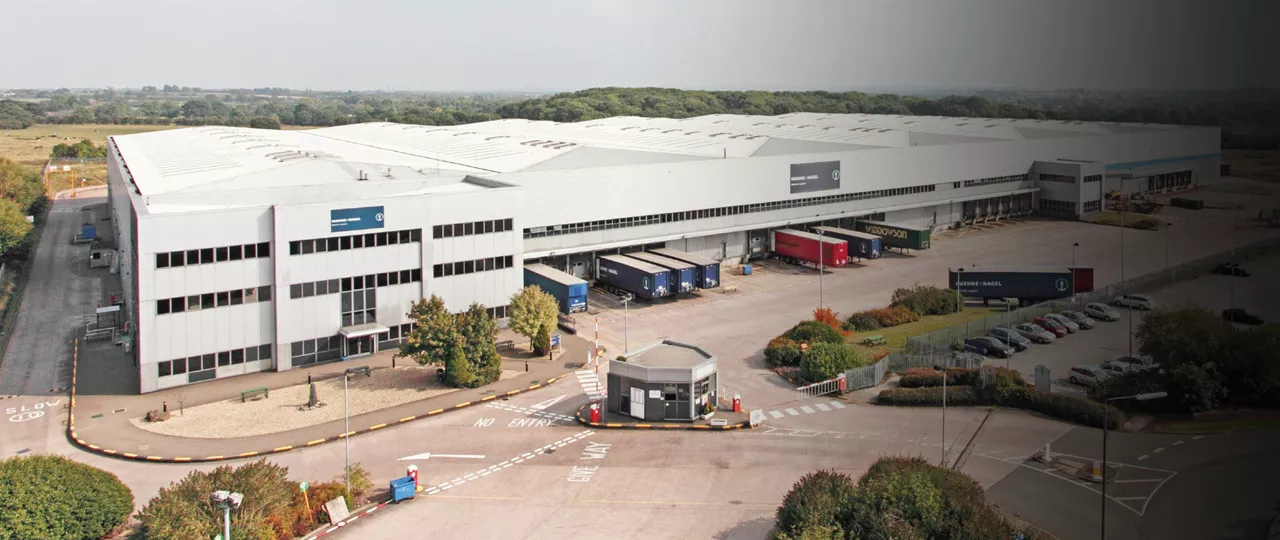
The latest research from Strutt & Parker shows that the speculative development of logistics units, over 100,000 sq ft, has increased by 74% since summer 2015.
Last year Strutt & Parker identified that a total of 8.2m sq ft of new speculative industrial space had been delivered, was underway, or planned since development resumed in mid-2013 following the downturn. This has increased significantly in the last year, and this development cycle is currently expected to deliver a total of 14.3m sq ft by the end of 2017.
Nick Hardie, partner in national markets industrial agency at Strutt & Parker, said: “Initially the return to speculative development in the logistics sector was slow and cautious. Last summer, two years after development began, a total of 43 units (over 100,000 sq ft) had been built, were under construction or proposed, now there are 75, of which 87% are either complete or on site, underlining the commitment that developers have made to this sector. This significant jump in activity can be attributed to the constricted supply levels experienced in the UK’s key logistics centres, where virtually all of the stock that was built speculatively in the last development cycle is now occupied.”
The amount of space completed since speculative development began in this cycle now totals 8.2m sq ft, according to Strutt & Parker, an increase of 300% on last year’s figures (2m sq ft). There is currently 4.2m sq ft under construction and a further 1.9m sq ft proposed.
Strutt & Parker’s research highlights that in the last year the percentage of speculatively built units that have secured occupiers has also increased compared to last year’s figures with 33% (4.7m sq ft) of all stock developed (or proposed) in this cycle now let compared to 24% (2m sq ft) at this point in 2015.
According to Strutt & Parker the majority of speculative development continues to be concentrated in the industrial hotspots of the Midlands and the South East, with these regions accounting for 52% (7.4m sq ft) and 21% (3m sq ft) of activity respectively. The amount of development happening in the North West has increased dramatically in the last year – in July 2015 only 859,000 sq ft of industrial space had been delivered, was underway, or planned in the region, this now totals 2.6m sq ft, representing an increase of 199% and accounts for 18% of all development.
Nick Hardie said: “Last year, development to date had been heavily geared towards the Midlands and South East where supply levels were lowest. It is encouraging to see that speculative projects in the North West are increasing to meet demand, but it remains clear that activity typically remains focussed in the more established logistics hubs. Yorkshire & Humberside has seen some development undertaken on a speculative basis this cycle, accounting for just 7% of all activity and the South West now also has development proposed.”
Echoing the trend that it identified last year Strutt & Parker suggests that developers still remain unlikely to embark on larger speculative projects, with the largest unit in the current development pipeline totalling 370,000 sq ft (Graftongate and Exeter Property’s proposed unit at Kingswood Lakeside in Cannock). Nick Hardie said: “We aren’t seeing any appetite from developers to speculatively undertake ‘mega sheds’ and these types of logistics units continue to be delivered on a D&B basis.”
Nick Hardie concluded: “Those who have committed to speculative development are continuing to have their confidence rewarded, with the rents achieved on new stock continuing to strengthen and in many cases now exceeding the previous peak rental levels. Since recommencing in 2013, development has been focussed on delivering quality logistics space in proven and established locations, an approach that has proven successful and is reflected in the strong levels of demand we are seeing from occupiers in all sectors.”
